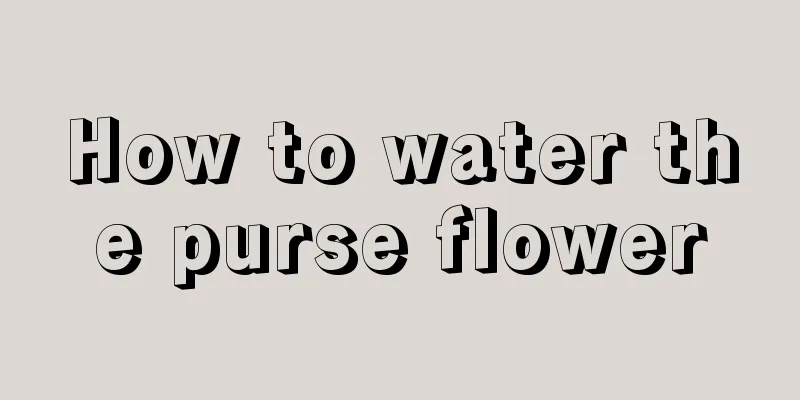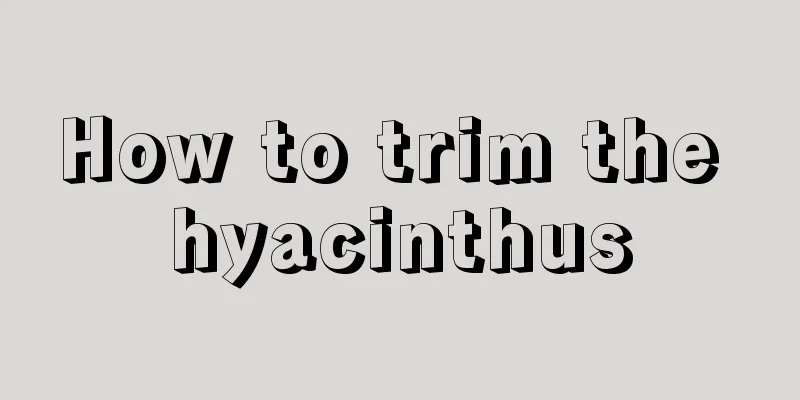What fertilizer should be used to make orchids grow well? What fertilizer should be used to make orchids grow fast and well?

|
Domestic orchids are confined to flower pots, and the fertility content in the planting material is relatively limited. If no fertilizer is applied, the growth of orchids will inevitably be affected. How to fertilize orchids is a topic that orchid lovers have been exploring. So, what is the best fertilizer for orchids? Organic FertilizerUsually, the organic fertilizer (special for orchids) I refer to is cake fertilizer. After all, although other organic fertilizers in rural areas have good fertility, they are obviously not suitable for growing orchids. At least the smell is unbearable. The cake fertilizer applied to orchids has a very obvious effect on the growth of orchid seedlings . It makes the orchid leaves dark green and thick, upright and elegant. It also has a good effect on promoting the bud formation and flowering of orchids . fertilizerFertilizers from general agricultural supply stores can be used when planting orchids (except those containing chlorine). We can use fertilizers with different nitrogen, phosphorus and potassium contents according to the different growth stages of orchids. The most commonly used fertilizer by many orchid lovers is triple fertilizer , which generally contains 17% nitrogen, phosphorus and potassium each, and the potassium element exists in the form of potassium sulfate. The effect of chemical fertilizers applied to orchid pots is very fast. Generally, the fertility can be clearly felt within 7 days. The leaves begin to turn green and the growth rate of new seedlings is significantly accelerated. However, we should also be careful when applying chemical fertilizers to orchids. Chemical fertilizers can easily cause premature aging of orchids , especially some older orchid seedlings. And we must be particularly careful when using them, otherwise there will be a risk of fertilizer damage . Biological fertilizerBiofertilizer is a fertilizer that has been used more by orchid lovers in recent years. It does not contain nitrogen, phosphorus, and potassium, which are essential elements for plant growth. The main function of biofertilizer is to mobilize the effective ingredients in the soil, activate them, and make them easier for plants to absorb and utilize. Biofertilizer is easy to use and can be mixed into the planting material when planting orchids without the drawbacks of fertilizer damage. This fertilizer does not take effect quickly, and the planting material itself has its own fertility, so it can be actively mobilized. If you use pure inorganic planting materials, the use of biofertilizer will basically have no effect. |
<<: Why do apples need to be bagged? The role of bagging apples on trees
>>: What kind of peony is suitable for beginners? Recommend 5 easy-to-grow peony varieties
Recommend
Tips for high cucumber yields
As a crop that adapts to normal temperature growt...
What fertilizer should be used for edamame? What fertilizer is good for edamame?
Effect of edamame fertilizer Before planting edam...
How to water Begonia
Watering tips for Begonia Begonia prefers a warm ...
How to grow coriander so that it blooms out of the pot?
Ten-spice vegetable is a condiment that Henan peo...
Cheeky Farming Methods
1. Soil The growth adaptability of the thick-skin...
Can kale be saved from seeds?
1. Ability to keep seeds Whether you can keep see...
The efficacy and function of pitaya
The effects and functions of pitaya on weight loss...
Isatis root planting time and method best planting season
Isatis root planting time Isatis root can be plan...
How to fertilize Begonia, what fertilizer is best
1. Fertilization time The best time to fertilize ...
Can I grow cypress trees at home?
Can I grow cypress trees at home? You can plant c...
Can ice plant be grown in summer?
Ice plant, also known as ice grass and crystal ic...
How to make Kirin Palm alive by cuttings? Cutting methods and precautions
Kylin palm can be propagated by sowing and cuttin...
Why do the leaves of the umbrella tree produce oil?
main reason Insect pests, to be more precise, are...
If you don’t check, all your succulents will die!
Daily management of succulents (from summer to au...
How often should pine and cypress be watered?
How often should pine and cypress be watered? Pin...









